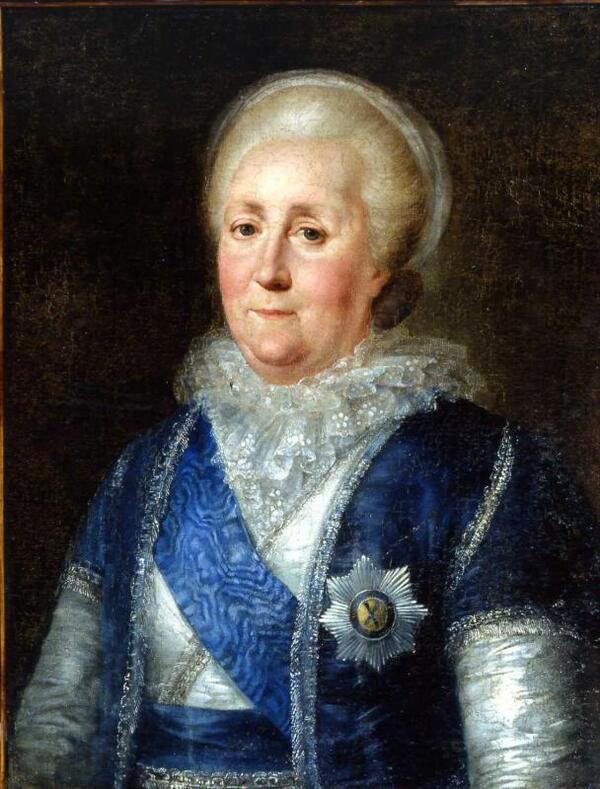The Nizhny Tagil Museum of Fine Arts houses a portrait of Empress Catherine the Great by an unknown artist.
Recognizing that the Empress liked the portraits by the Danish painter Vigilius Eriksen, the unknown artist created a portrait in his style. He elegantly flattered the customer, presenting her as both a woman and the Mother of Russia. The portrait is masterfully painted, exquisite, and elegant. While not being deeply psychological, the portrait is characterized by great artistic skill and presents the model in a true-to-life manner, without trying to hide her age.
The court portraits by the Danish painter Vigilius Eriksen (1722–1782), who worked in Russia for a long time, were so attractive that many artists imitated him, painting picturesque images in his style. In 1757, the thirty-three-year-old painter arrived from Copenhagen to the court of Empress Elizabeth in St. Petersburg and soon earned recognition among Russia’s high society. Five years later, when Empress Catherine the Great ascended the throne, he was awarded the title of court painter. Vigilius Eriksen created the most vivid portraits. In one of her letters, the Empress wrote that she had ordered to buy up all 30 of her portraits but had not managed to do that. After living in St. Petersburg for 15 years, in 1772, the artist left Russia and moved to his hometown of Copenhagen where he also became a court painter. He had a great influence on Russian portrait art, in particular, on the portraits of Fyodor Rokotov.
The Empress has a delicate complexion and a subtle expressive smile. According to the fashion of that time, she wears two gros-de-Tours dresses with flowing contours and smooth fabrics: the bottom one is a closed neckline dress while the upper one is more open. Such pairs of dresses were usually worn by high-society women. The dress is complemented by a wide and puffy ruff collar with three layers of lace and a fine floral pattern along the edge, covering the woman’s neck. The Empress wears her lush, powdered hair up, arranged in a single crown bun which still shows her natural brown hair color. She wears a simple batiste bonnet on the top of her head.
Until the Russian Revolution of 1917, the painting
was kept in the famous Myatlev collection in St. Petersburg. Later, it was
transferred to the State Hermitage Museum and then to the State Russian Museum.



